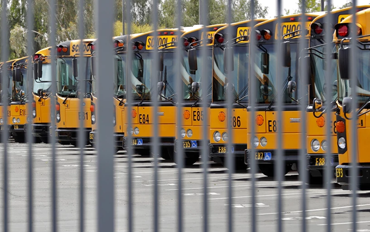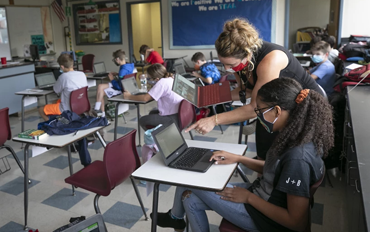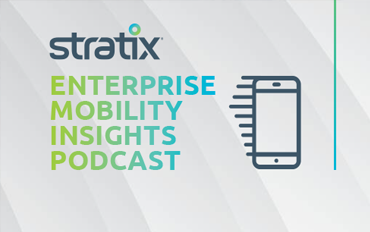There's a New Normal in Learning
The pandemic caused unprecedented disruption in schools across the country, with teachers and students suddenly thrown into virtual learning. Not only did instructors have to figure out best practices for digital lessons, but pupils also needed the right technology to access them. Students who didn't have the necessary computers and connectivity in their homes were in danger of being left behind.
Despite the challenges, the advantages of anywhere and anytime digital learning are so numerous that it's here to stay. Not only does it enhance instruction, but the ability to quickly pivot protects schools from new disruption like COVID variants. With other issues such as a chronic shortage of teachers, many districts have moved to hybrid models with students learning remotely one or two days a week. It all means children must be able to connect seamlessly with their lessons 24/7, and they need the right technology to do it.
For students who don't have computer access at home, many districts have leveraged federal funding to "bridge the digital divide." They offer devices like Chromebooks and Wi-Fi hotspots, so kids don't suffer from what's been termed the "homework gap."
Why School Districts Struggle











